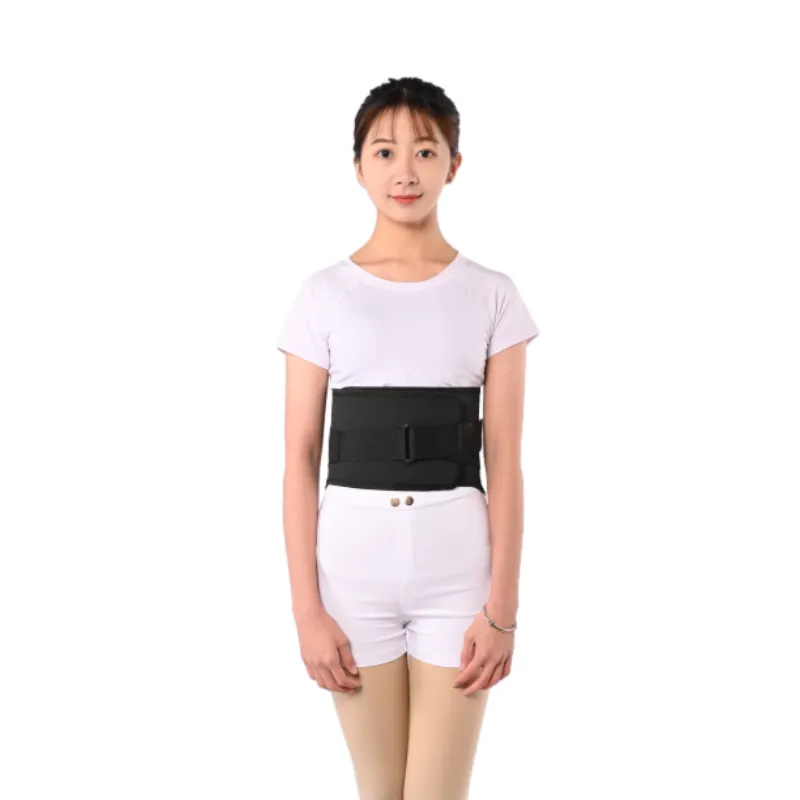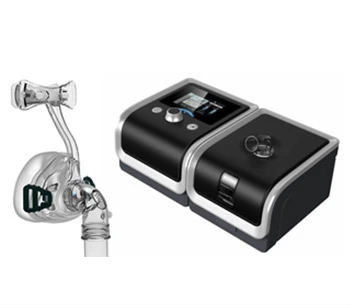فوریه . 10, 2025 10:00
Back to list
how to use shoulder immobilizer
Using a shoulder immobilizer correctly is essential for effective recovery and optimal comfort following an injury. Shoulder immobilizers are often recommended by medical professionals to stabilize and protect the shoulder after surgery, dislocation, fracture, or other injuries. Understanding how to use this device properly ensures that the healing process is not compromised and that shoulder movements are restricted as required.
Make adjustments to the immobilizer throughout the day as required. Swelling and other factors can change how the immobilizer fits over time. Consult with your healthcare provider if you experience significant discomfort, as this may indicate that adjustments are needed, or a different type of immobilizer is more suitable. Maintaining hygiene is vital when using a shoulder immobilizer, especially since it may be worn for extended periods. Follow cleaning instructions provided by the manufacturer to avoid any skin issues. The cleanliness of both the user's skin and the device itself can prevent infections and skin breakdown. Adapting to a daily routine while using a shoulder immobilizer can be challenging but manageable. Dressing might be difficult, so choose loose-fitting, front-opening shirts that are easier to put on and remove. Bathing might also require assistance, as you should not wet the immobilizer. Instead, use sponge baths or carefully wash around the area with washcloths, ensuring the sling remains dry unless it's designed to get wet. Follow your doctor's advice on when and how often to remove the immobilizer for gentle movement and exercises, which can aid recovery. However, it's important never to remove it without professional guidance, as doing so could result in further injury. Understanding the importance of a shoulder immobilizer post-injury underlines the need for it in recovery processes. Trustworthiness in adhering to guidelines from healthcare providers regarding its use cannot be overstated. Proper use of a shoulder immobilizer ensures the best outcomes in healing, reduces pain, and protects against further damage. By paying attention to comfort, fit, and functionality, users can significantly improve their recovery experience while maintaining the integrity of the healing shoulder.


Make adjustments to the immobilizer throughout the day as required. Swelling and other factors can change how the immobilizer fits over time. Consult with your healthcare provider if you experience significant discomfort, as this may indicate that adjustments are needed, or a different type of immobilizer is more suitable. Maintaining hygiene is vital when using a shoulder immobilizer, especially since it may be worn for extended periods. Follow cleaning instructions provided by the manufacturer to avoid any skin issues. The cleanliness of both the user's skin and the device itself can prevent infections and skin breakdown. Adapting to a daily routine while using a shoulder immobilizer can be challenging but manageable. Dressing might be difficult, so choose loose-fitting, front-opening shirts that are easier to put on and remove. Bathing might also require assistance, as you should not wet the immobilizer. Instead, use sponge baths or carefully wash around the area with washcloths, ensuring the sling remains dry unless it's designed to get wet. Follow your doctor's advice on when and how often to remove the immobilizer for gentle movement and exercises, which can aid recovery. However, it's important never to remove it without professional guidance, as doing so could result in further injury. Understanding the importance of a shoulder immobilizer post-injury underlines the need for it in recovery processes. Trustworthiness in adhering to guidelines from healthcare providers regarding its use cannot be overstated. Proper use of a shoulder immobilizer ensures the best outcomes in healing, reduces pain, and protects against further damage. By paying attention to comfort, fit, and functionality, users can significantly improve their recovery experience while maintaining the integrity of the healing shoulder.
Prev:
Next:
Latest News
-
Best Philadelphia Collar Prices - Premium Cervical SupportNews Jul.25,2025
-
Pregnancy Belly Support Belt: Relieve Pain & Boost Comfort | ShopNews Jul.25,2025
-
Hard Cervical Collar-Hebei Jianhang Technology Co., Ltd.|Rigid Neck Support&Adjustable FitNews Jul.23,2025
-
Hard Cervical Collar-Hebei Jianhang Technology Co.,Ltd.|Neck Support&Injury RecoveryNews Jul.21,2025
-
Hard Cervical Collar-Hebei Jianhang Technology Co.,Ltd.|Neck Support&Injury RecoveryNews Jul.21,2025
-
Hard Cervical Collar-Hebei Jianhang Technology Co.,Ltd.|Neck Support&Injury RecoveryNews Jul.21,2025
Have a question? Keep in touch.





















